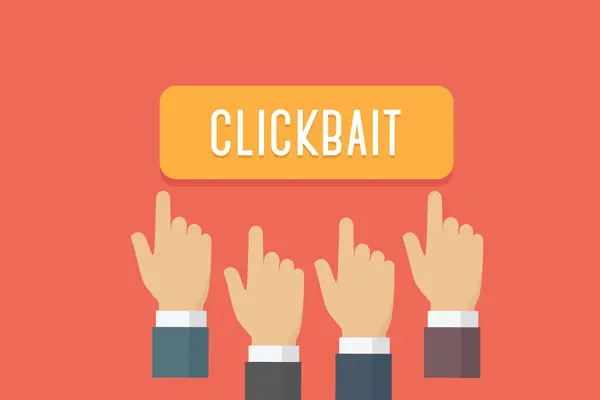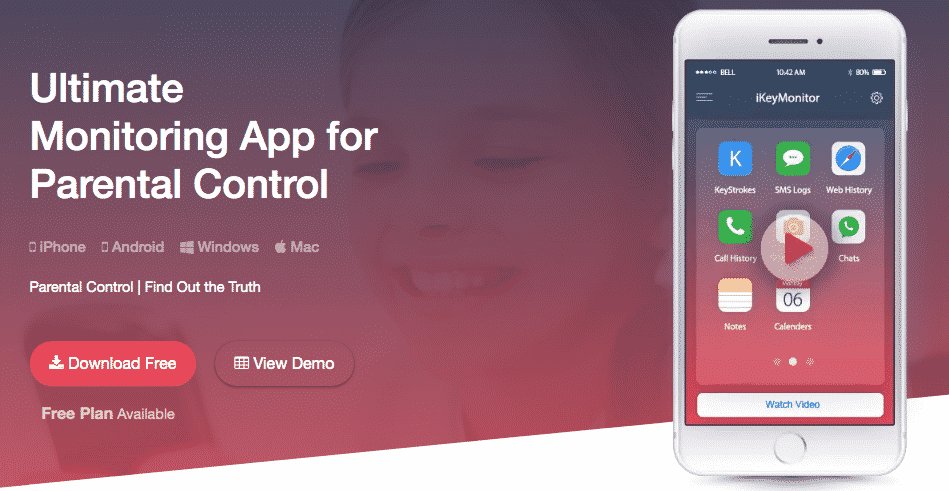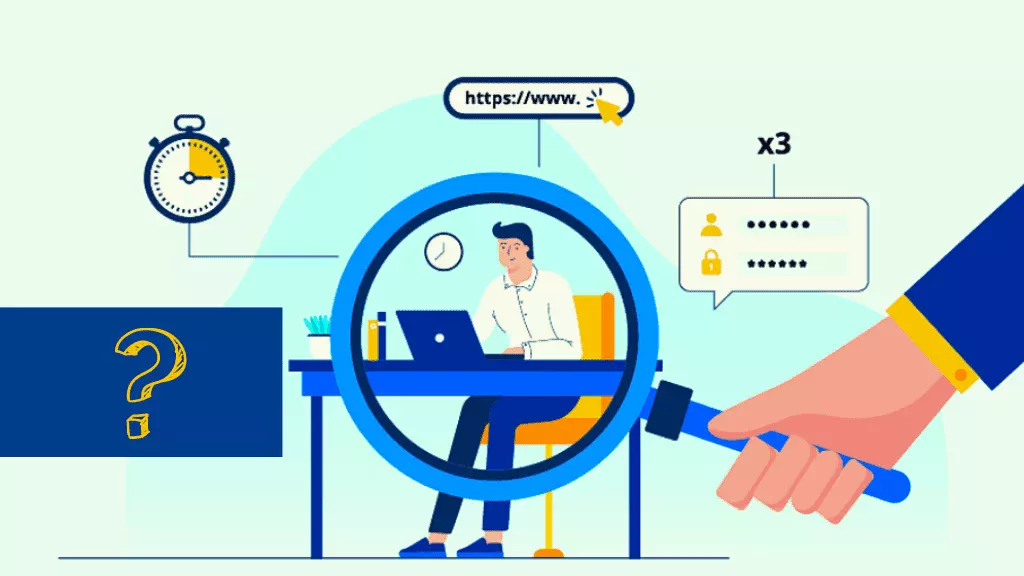How to Teach Kids to Avoid Clickbait: A Complete Guide 2025
Your children are spending more time online than ever before. While the internet provides countless learning opportunities, it also exposes them to risks like clickbait—sensationalized content designed to get clicks, often with misleading or exaggerated headlines. Teaching your kids how to avoid clickbait is essential for their safety and for developing critical thinking skills. In this guide, you’ll learn why this matters, discover practical strategies you can apply, and see how tools like iKeyMonitor can help you protect your children effectively.
Why You Should Teach Your Kids to Avoid Clickbait
Clickbait might seem harmless, but it can have serious consequences for your children. Here are three reasons why you should focus on this issue:
Protect Your Children from Inappropriate Content
Clickbait often links to material that is not suitable for kids, including violence, adult content, or misleading health information. You can teach your kids to recognize clickbait online, helping them avoid these harmful materials.
According to Common Sense Media, 75% of children aged 8–12 have come across content they shouldn’t have, and clickbait plays a major role.
Reduce Misinformation and Fake News
Clickbait headlines are often used to spread false or misleading information. By guiding your kids to help children avoid clickbait websites, you can improve their ability to evaluate online information critically.
Pew Research Center found that 64% of adults are concerned about the spread of false information online, and children are particularly vulnerable because they lack experience assessing sources.
Encourage Healthy Online Habits
Clickbait encourages addictive scrolling and unnecessary distractions, which can impact sleep, focus, and school performance. By teaching your children to avoid clickbait, you help them stay engaged with productive and educational content.
Research from the American Academy of Pediatrics shows that excessive online activity can increase attention problems in children by 30%.
How to Avoid Clickbait: 5 Practical Strategies for Your Kids
You can take concrete steps to ensure your children learn to teach kids about clickbait. These five strategies give you practical ways to guide them safely through online content.
Tip 1: Educate Your Kids About Clickbait
Show your children how sensational headlines, exaggerated promises, and unverified sources are designed to trick them. Practice spotting real examples together to help them recognize warning signs. This also allows you to educate kids about clickbait dangers effectively.

Tip 2: Use Parental Control Software
Tools like iKeyMonitor can block websites filled with clickbait, monitor activity, and alert you to suspicious content. Using these tools helps you teach kids to avoid clickbait while giving them a safe space to explore the internet.

Tip 3: Encourage Critical Thinking
Help your kids question what they see online. Ask who created the content, whether the headline matches the information, and if the source is reliable. This approach also helps you in teaching teenagers to spot misleading online headlines.

Tip 4: Set a Good Example
Model responsible online behavior by avoiding clickbait yourself, explaining why you rely on credible sources, and showing how to fact-check information. In doing so, you help your children spot clickbait for kids through observation.

Tip 5: Monitor Online Activity
Regularly check your child’s browsing history, social media interactions, and shared links. This helps you guide them away from risky content and prevent kids from clicking clickbait accidentally.

Protect Your Children’s Online Safety with iKeyMonitor
Beyond these strategies, if you want to fully safeguard your child online, iKeyMonitor is an excellent solution. It’s a powerful parental monitoring and online safety tool that helps you track digital activity, block harmful content, monitor behavior, and ensure comprehensive protection.
Track Web Browsing History to Monitor Online Activities
With iKeyMonitor, you can see which websites your children visit and make sure they aren’t exposed to harmful or misleading content. You can quickly spot potential online threats and respond appropriately.

Track Inputted Keystrokes to Detect Risky Behavior
You can monitor what your children type online, including search queries and messages. This lets you detect potentially risky interactions and guide them toward safer online habits.

Block Specific Apps to Prevent Access to Harmful Content
iKeyMonitor allows you to block apps that might be harmful or distracting. By using it, you can enforce healthy screen time limits and help your children focus on educational and safe content.

Capture Screenshots to Review Online Interactions
You can capture screenshots of your child’s online activity to see content in context. This helps you identify inappropriate interactions or clickbait exposure and respond quickly.

Additional Tips to Reinforce Avoiding Clickbait
You can also take extra steps to reinforce safe online habits and increase your children’s awareness of clickbait risks. These additional tips complement the main strategies:
- Promote Quality Sources: Encourage your children to use reputable news websites, educational platforms, and official sources instead of random online content.
- Use Fun Learning Tools: Gamified apps and quizzes can teach your kids to spot clickbait in an engaging way.
- Open Communication: Keep conversations about online experiences open and judgment-free so your children feel comfortable discussing concerns.
FAQs About Teaching Kids to Avoid Clickbait
Q1: At what age should I start teaching my child about clickbait?
Start around ages 7–8, when children begin exploring the internet independently.
Q2: Can parental control software fully prevent exposure to clickbait?
No tool is perfect, but iKeyMonitor can greatly reduce exposure and provide real-time monitoring to help you intervene when necessary.
Q3: How can I encourage my child to think critically without being overbearing?
Ask guiding questions and review content together. Focus on discussion rather than strict rules.
Q4: How do I know if my child has fallen for clickbait?
Watch for sudden interest in irrelevant or suspicious topics, sharing misleading links, or believing false headlines.
Q5: Is teaching once enough, or should this be ongoing?
Digital literacy is ongoing. Regularly reviewing examples and discussing content helps reinforce safe habits.
Conclusion
By taking these steps, you can help your children avoid clickbait while building their critical thinking and safe online habits. Teaching them, modeling responsible behavior, and using tools like iKeyMonitor ensures that you protect them from misinformation, inappropriate content, and digital distractions. With your guidance, your children can navigate the online world safely and confidently.

Tags: Avoid Clickbait, educate kids about clickbait dangers, help children avoid clickbait websites, teach kids about clickbait, teach kids to avoid clickbait
Category: Learning & How to